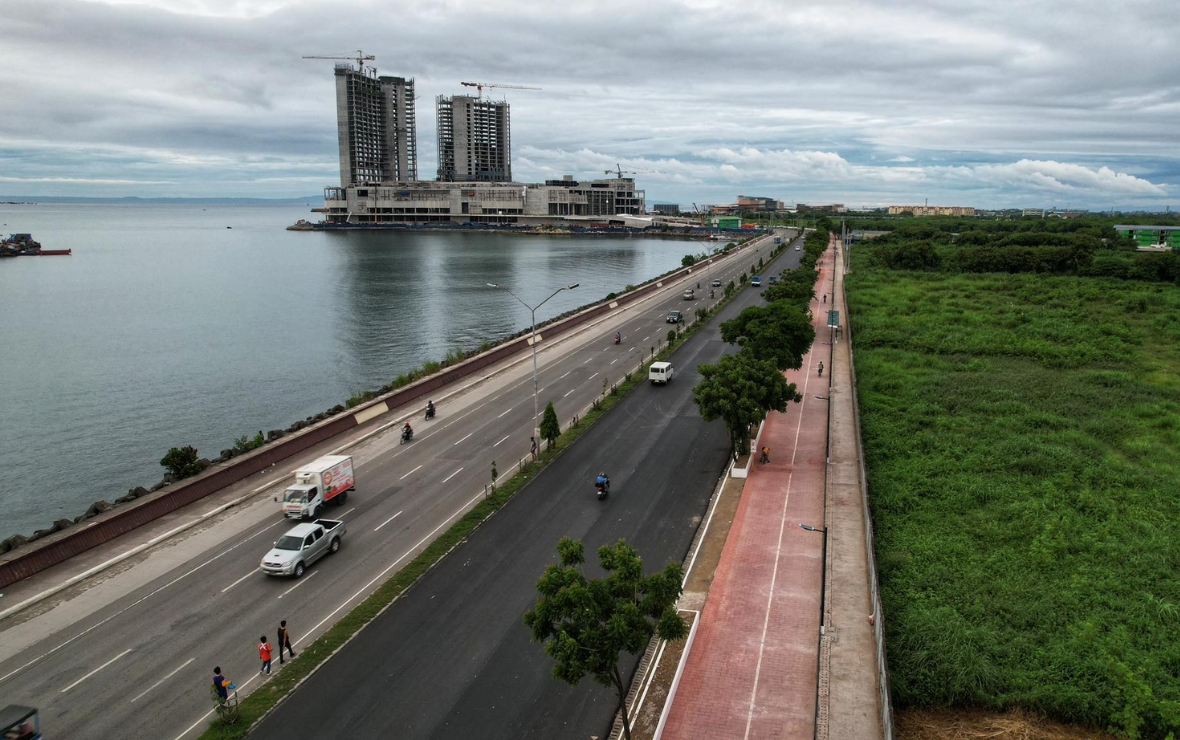March 30, London, UK – In a groundbreaking study published in the LSE International Development Review, Anna Mae Yu Lamentillo explores the significant transformation of Metro Manila’s transportation infrastructure, focusing on the resurgence of pedestrian and railway systems as part of the city’s intermodal future. This study titled “Retracing the Routes: The Renaissance of Pedestrian and Railway Systems in Metro Manila’s Intermodal Future,” offers a comprehensive analysis of the shift from a car-centric approach to a more sustainable and integrated transportation strategy in one of Southeast Asia’s most densely populated metropolises.
A Historical Perspective with Modern Solutions
Lamentillo delves into the historical context of Manila’s railway and pedestrian infrastructure, tracing back to the completion of the Manila and Dagupan Railroad in 1875 and its expansion by the Insular Government of the Philippines. Despite the country’s previous focus on private vehicle ownership, which led to traffic congestion and pollution, recent developments signal a positive shift towards reinstating rail and pedestrian pathways as vital components of the city’s transportation network.
Avoid-Shift-Improve: A Framework for Sustainable Mobility
The study outlines the “Avoid-Shift-Improve” Mobility Approach, examining the Philippine government’s strategies under the “Build, Build, Build” and “Build Better More” programs to enhance infrastructure spending and prioritize intermodal transportation systems. Lamentillo’s research emphasizes the importance of integrating roads, bridges, rail systems, seaports, airports, bicycle lanes, and pedestrian infrastructure to create a more efficient, sustainable, and inclusive mobility landscape.
Notable Achievements and Cultural Shift
Among the remarkable advancements cited was the enactment of Department of Public Works and Highways Department Order 88 by then Secretary Mark Villar. The measure institutionalised pedestrian and cycling facilities at the planning stages of all government-initiated road and bridge projects. The study also highlights the significant impact of the COVID-19 pandemic on transportation, leading to an increased emphasis on biking and the implementation of dedicated bicycle lanes, marking a cultural shift in the country’s mobility preferences.
Toward an Intermodal and Sustainable Future
Lamentillo concludes by advocating for the continued push towards an intermodal transportation network, emphasizing the need for comprehensive public awareness campaigns, incentives for sustainable transportation, and investments in infrastructure that cater to all modes of travel. By embracing alternative modes of transportation and initiating the necessary behavioral changes, Metro Manila can overcome its transportation challenges, reduce congestion, and foster a more sustainable and livable urban environment.
A Visionary Blueprint for Global Urban Centers
This pioneering study by Anna Mae Yu Lamentillo not only sheds light on Metro Manila’s journey towards a more sustainable and efficient transportation system but also serves as a visionary blueprint for other cities facing similar challenges. It underscores the critical role of integrated planning and public policy in transforming urban mobility for the betterment of communities worldwide.









